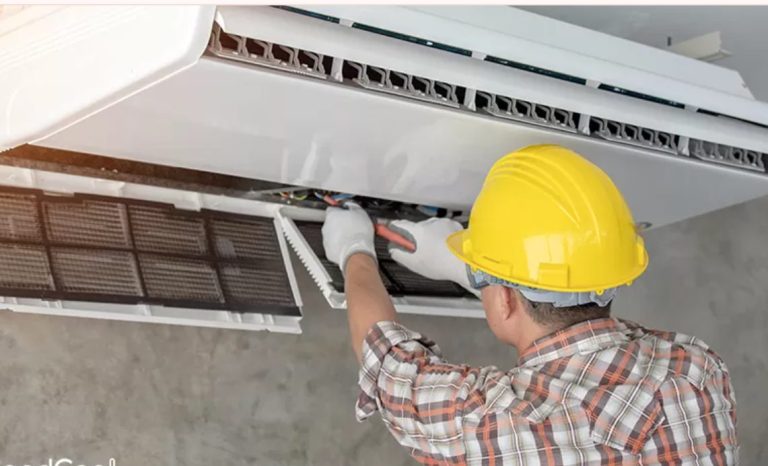Roofing by the Numbers: Key Facts Every Homeowner Should Know About Roof Materials and Lifespan

When considering the aspects that protect a home, the roof is often the first line of defense against the elements. A well-maintained roof keeps homeowners shielded from rain, wind, and other environmental factors. Interestingly, according to Business Insider, over five million new roofs are installed on U.S. homes each year, highlighting a significant investment in residential protection. Many homeowners prioritize timely roof maintenance to prolong the life of their investment. Understanding the various materials available can help in choosing the best option for any home.
Each type of roofing material comes with its own set of advantages and potential drawbacks. For instance, residential asphalt shingles are known for their affordability and ease of installation. According to This Old House, these shingles have an average lifespan ranging from 15 to 30 years, making them a popular choice among homeowners. The longevity of roofing material, including asphalt shingles, depends greatly on the local climate, maintenance, and installation quality. Knowing these factors helps homeowners make informed decisions about their roofing investments.
Asphalt Shingles: A Popular Choice
Asphalt shingles dominate the roofing market due to their cost-effectiveness and availability. These shingles are composed of a fiberglass mat, topped with mineral granules, offering a protective barrier. According to This Old House, their lifespan generally extends from 15 to 30 years, depending on environmental conditions and installation quality. Their widespread use can partially be attributed to their relatively low maintenance requirements. Homeowners often prefer asphalt shingles for their versatility and aesthetic appeal.
Despite their popularity, asphalt shingles are not without their challenges. They can be susceptible to damage from extreme weather conditions like hailstorms and strong winds. Regular inspection and maintenance can mitigate some of these risks, extending the roof’s lifespan. Moreover, homeowners are encouraged to verify the quality of installation, as poor techniques can significantly shorten the shingles’ durability. Choosing certified professionals for installation ensures longevity and performance for asphalt shingle roofs.
In choosing asphalt shingles, homeowners gain access to a variety of styles and colors. This versatility allows for a customizable look that can enhance the visual appeal of any home. Additionally, these shingles are compatible with a majority of home designs, making them a convenient choice for many. Cost, coupled with an array of design options, secures asphalt shingles’ top position in most residential constructions. Homeowners appreciate the balance of affordability and aesthetic variety asphalt shingles offer.
The Rise of Metal Roofing
Metal roofing has gained traction in recent years as a durable alternative to traditional materials. This Old House identifies metal roofing as the second-most popular choice for both residential and commercial applications. Its robust nature makes it highly resistant to environmental stressors, including strong winds and intense sun exposure. Metal roofing’s appeal lies in its long lifespan, often outlasting asphalt shingles by several decades. Homeowners are increasingly opting for metal roofs to capitalize on their durability and energy efficiency.
Environmentally conscious homeowners also favor metal roofing due to its sustainability. Most metal roofs consist of recycled materials, and at the end of their lifespan, they can be fully recycled again, reducing landfill waste. Moreover, metal roofs reflect solar heat more effectively than other materials, contributing to reduced cooling costs for homes during warmer seasons. The energy efficiency and eco-friendly characteristics of metal roofs align with growing preferences for sustainable home solutions. As environmental concerns deepen, metal roofing’s popularity is expected to grow further.
Despite its numerous advantages, metal roofing may come with a higher initial cost compared to other materials. However, the savings on energy bills and the extended lifespan can offset the upfront expense. Metal roofs require less maintenance and fewer replacements over time, making them a cost-effective choice in the long run. Additionally, advancements in coatings and finishes have expanded design possibilities, allowing homeowners to choose from a range of colors and styles. For those planning to invest in a roof that combines durability and aesthetic value, metal roofing presents an attractive option.




